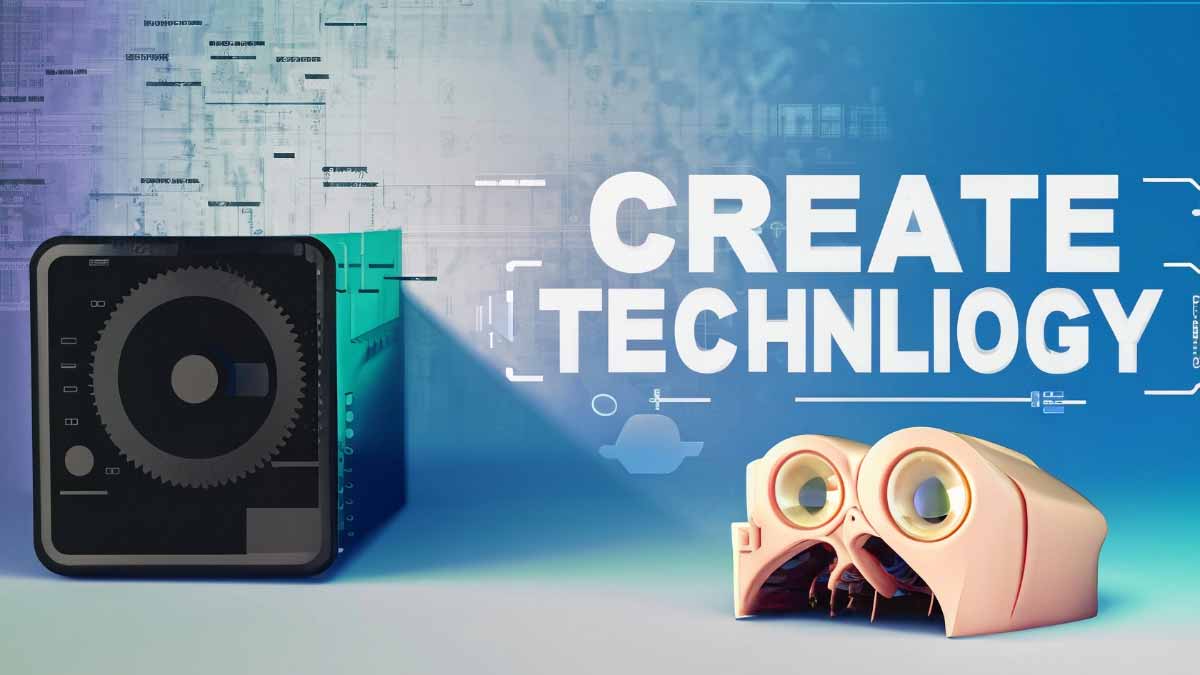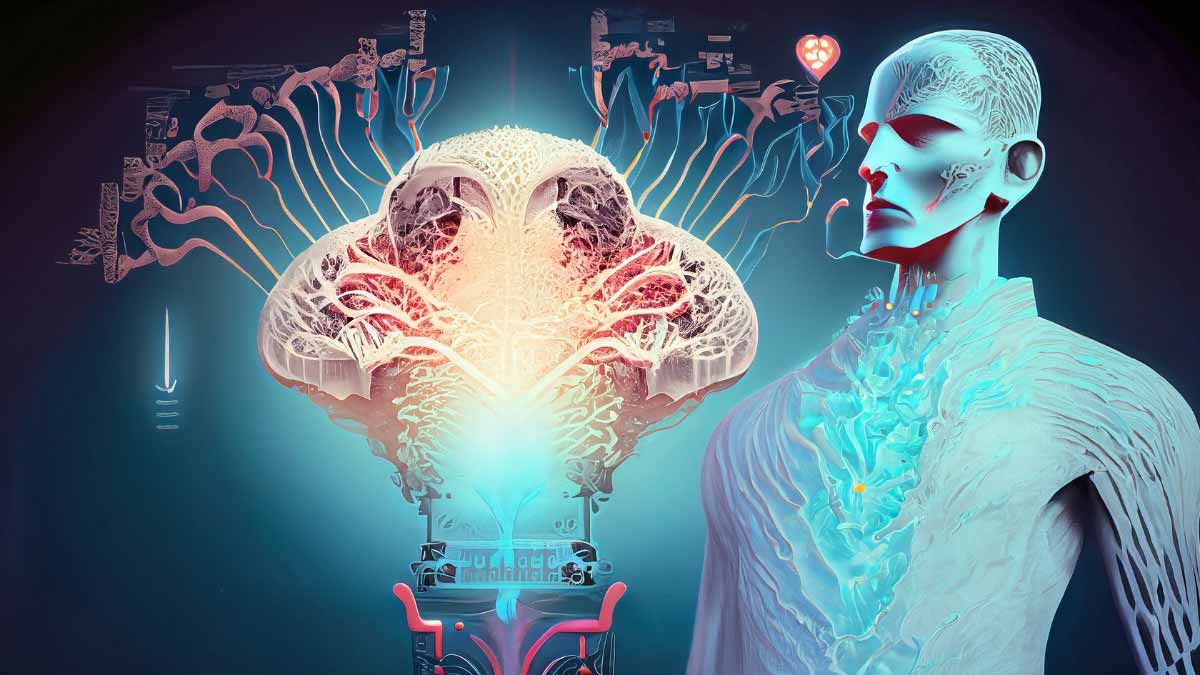
What is an AI Algorithm?
An AI algorithm, also known as an artificial intelligence algorithm, is a step-by-step procedure or set of instructions that an artificial intelligence system follows to perform a specific task or solve a particular problem. These algorithms are designed to enable machines to process data, make decisions, learn from experience, and perform tasks that typically require human intelligence.

Understanding an AI Algorithm: Unveiling the Heart of Artificial Intelligence
AI algorithms can be broadly categorized into various types based on their functionality and purpose. Some common types of AI algorithms include:
- Machine Learning Algorithms: These algorithms are used in machine learning models to enable machines to learn from data and make predictions or decisions. Examples include decision trees, random forests, support vector machines, and neural networks.
- Deep Learning Algorithms: A subset of machine learning, deep learning algorithms specifically involve neural networks with multiple layers. These algorithms excel at tasks like image and speech recognition, natural language processing, and more complex pattern recognition tasks.
- Reinforcement Learning Algorithms: These algorithms involve training an AI agent to make sequences of decisions through interaction with an environment. The agent learns by receiving feedback in the form of rewards or penalties based on its actions.
- Natural Language Processing (NLP) Algorithms: These algorithms focus on understanding and generating human language. They are used in tasks like sentiment analysis, language translation, chatbots, and text generation.
- Computer Vision Algorithms: These algorithms enable machines to interpret and understand visual information from images or videos. They are used in applications like object detection, facial recognition, and image classification.
- Genetic Algorithms: Inspired by the process of natural selection, genetic algorithms are used for optimization problems. They generate potential solutions, evaluate their fitness, and evolve the solutions over iterations to find optimal or near-optimal solutions.
- Clustering and Classification Algorithms: These algorithms group data points into clusters based on similarities (clustering) or assign data points to predefined categories (classification). Examples include k-means clustering, hierarchical clustering, and various classification techniques.
- Recommendation Algorithms: These algorithms provide personalized recommendations by analyzing user preferences and behavior. They are commonly used in recommendation systems for movies, music, video games, products, and more.
- Search and Optimization Algorithms: These algorithms help in finding the best solution from a large set of possible solutions. Examples include genetic algorithms, simulated annealing, and particle swarm optimization.
AI algorithms play a crucial role in the development and operation of artificial intelligence systems. Researchers and engineers design, develop, and fine-tune these algorithms to improve the performance, accuracy, and efficiency of AI models across various domains and applications.